Aviation Ground Services Attendants work in aircraft servicing environments. Aviation Ground Services Attendants are employed by passenger and cargo airline operators and have wide-ranging responsibilities, including loading and unloading payloads, operating ground equipment such as belt loaders, push trucks, tractors, ground power units, and air start equipment, loading specialized goods and equipment, repositioning and moving aircraft and de-icing procedures.
Aviation Ground Services Attendants working for passenger airline operators are also called to assist passengers, connect and operate passenger loading equipment, and service lavatory and potable water systems. Aviation Ground Services Attendants work with a variety of aircraft types and are thoroughly familiar with safe work practices, and rules and regulations that apply to their work.
Certification Requirements
To qualify for certification with CCAA, the applicant must possess the necessary knowledge and skills and have successfully performed the required mandatory tasks and sub-tasks within the logbook. The certification is divided into two (2) levels.
Level I tasks represent the basic certification requirement that all candidates must meet. Level II certification requires the completion of additional mandatory tasks. In addition, all applicants for Level I must acquire a minimum of twelve (12) months experience in the occupation, based on full-time employment. The same twelve (12) months experience requirement also applies to the Level II certification. The tasks in the logbook were made as generic as possible to accommodate the largest amount of work environments and equipment / tools but do not necessarily cover all tasks performed by individuals.
Tasks Common to Most Aviation Ground Services Attendants
(note that sub-tasks for each task are not shown below)
Block A — Safety: Accident and Injury Prevention
Task 1 – Demonstrate Safe Working Practices and Techniques
Task 2 – Perform Emergency Procedures
Block B — Security
Task 3 – Observe Security Measures
Block C — Basic Knowledge
Task 4 – Apply General Knowledge of Aircraft to Perform Job Function
Task 5 – Assist Passengers
Task 6 – Communicate Effectively
Block D — Aircraft-Specific Knowledge
Block 7 – Apply Specific Knowledge of Aircraft to Perform Job Function
Block E — Waster Water
Task 8 – Service Aircraft Lavatory
Task 9 – Service Lavatory Vehicle
Block F — Potable Water
Task 10 – Service Aircraft Potable Water System
Block G — Ground Equipment Specific Knowledge
Task 11 – Operate Ground Equipment
Block H — Law, Policies, Regulations and Standard Operating Procedures
Task 12 – Follow Laws, Policies, Regulations and Standard Operating Procedures
Block I — Aircraft Movements
Task 13 – Guide Aircraft on Arrival and Departure
Block J — Payload Handling
Task 14 – Load and Unload Payload
Block K — Grooming
Task 15 – Groom Aircraft
Block L — De-Ice Procedures
Task 16 – De-Ice Aircraft
